I have an electrical generator (a tachometer really) and I want to know how can one detect if it is AC or DC? (what if it is dead and can not be tested for its output?)
Asked
Active
Viewed 109 times
2
-
Getting a translation of the name plate would be best. Other than that, and assuming you can't just spin it and see what kind of output it produces, you'd have to open it up and look inside I think. – Hearth May 19 '20 at 18:18
-
With the drill on low speed. It appears to say 460V 0.065A at 4000rpm (so you don't want to meet 460V by accident). But it then says "A xxxx 110V" ... possibly suggesting you may have to provide a field voltage on another winding? – May 19 '20 at 18:23
-
How many wires are coming out of it? If it is DC, it would have a commutator and brushes. There might be brush-tube covers or an access cover plate. If it is AC it could have an internal rectifier for DC output. In any case, it is very likely that you can just turn the shaft and monitor the voltage at the terminals. The best instrument to use would be an oscilloscope. Second best would be a zero-center analog voltmeter or galvanometer. It seems to be rated 460 V, so slow turning should produce a very low voltage. – May 19 '20 at 18:29
4 Answers
1
The easy way is to use AC tester. If the generator is DC, then the tester won't glow. Take a look here
Otherwise, I think two diodes may help you.

simulate this circuit – Schematic created using CircuitLab
If it is DC, one of the diode will be off.
Sadat Rafi
- 2,467
- 10
- 34
0
- The first word is "tachogenerator".
- Bottom line contains "CCCP" = USSR so that's probably "Made in USSR".
- "Ob/MNH" is "/MIN" so probably 4000 RPM.
- Does it say 460 V? Be careful with your multimeter.
We're more than half-way there already! Spin it with a cordless drill and measure the output.
Transistor
- 168,990
- 12
- 186
- 385
-
2Just spin it gently by hand and put an *analog* meter across the output. If the needle moves in just *one* direction, e.g. up and back to zero, or down and back to zero, it's a DC commutated generator. If the needle goes up and then goes *below* zero, it's an alternator. – DrMoishe Pippik May 19 '20 at 18:55
0
Most of the DC motors had plain yoke(body) with bolts arranged whereas AC motors had a different kind of yoke(body) for cooling the winding present in its stator part. I think the figure you posted May be a DC motor....
user244617
- 54
- 3
0
This is the best translation I could come up with:
Good luck on finding anything on a Soviet era artifact from 50 years ago.
Dan1138
- 1,294
- 7
- 15

